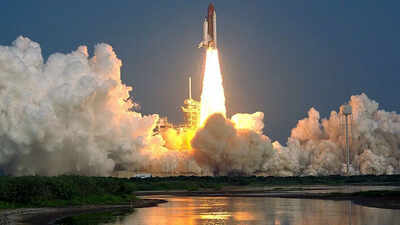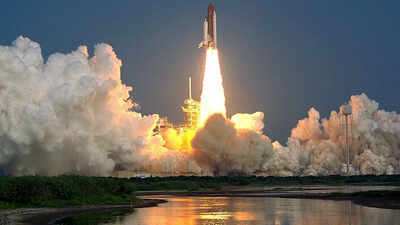Record-Breaking Space Activity
In a remarkable display of space activity, six rockets were launched within 18 hours on April 28-29, 2025, setting a new record for the most orbital liftoffs in a 24-hour period. This surge in launches highlights the growing momentum of the global space industry, involving leading players from both government and private sectors such as the United States, China, the European Space Agency (ESA), SpaceX, Amazon’s Project Kuiper, and Firefly Aerospace.
Timeline and Overview of Launches
- China’s Long March 5B: Launched a batch of Guowang broadband satellites on April 28 at 4:10 p.m. EDT, aiming to build China’s state-owned LEO broadband megaconstellation.
- SpaceX Falcon 9: Deployed 27 Starlink satellites from Vandenberg Space Force Base, expanding the operational Starlink satellite broadband network.
- United Launch Alliance Atlas V: Launched the first 27 Project Kuiper satellites for Amazon, marking the debut deployment for Amazon’s global satellite internet service.
- SpaceX Falcon 9 (Second Launch): Lifted off from NASA Kennedy Space Center with 23 Starlink satellites, further populating the Starlink network.
- Arianespace Vega-Cov: Successfully launched ESA’s Biomass forest-monitoring satellite, designed to provide critical data on global forest biomass and carbon stocks.
- Firefly Alpha: Attempted to launch a Lockheed Martin satellite prototype but encountered a malfunction during stage separation, resulting in mission failure.
Significance of Launches
- Global Broadband Race: Four launches were tied to satellite broadband megaconstellations, including SpaceX’s Starlink, China’s Guowang, and Amazon’s Kuiper, intensifying the global broadband race.
- Scientific Advancement: ESA’s Biomass satellite emphasizes the importance of space-based assets for monitoring Earth’s ecosystems and improving climate modeling.
- New Players in Space: Firefly Aerospace’s participation underscores the growing presence of smaller commercial space companies in satellite delivery and orbital infrastructure services.
Implications and Future Trends
- Record-Breaking Cadence: The six launches broke the previous record of four launches within 24 hours, reflecting improved logistical coordination and rapid rocket reuse capabilities.
- Sustained Growth: Industry analysts expect this trend to continue as space-based internet constellations expand and new missions crowd the launch calendar.
- LEO Congestion Concerns: The increasing number of satellites in low Earth orbit raises concerns over orbital congestion and space debris management, necessitating coordination between governments and private companies.

The rapid succession of these launches demonstrates the accelerating pace of space activities and the expanding role of private companies in space exploration and satellite technology.


